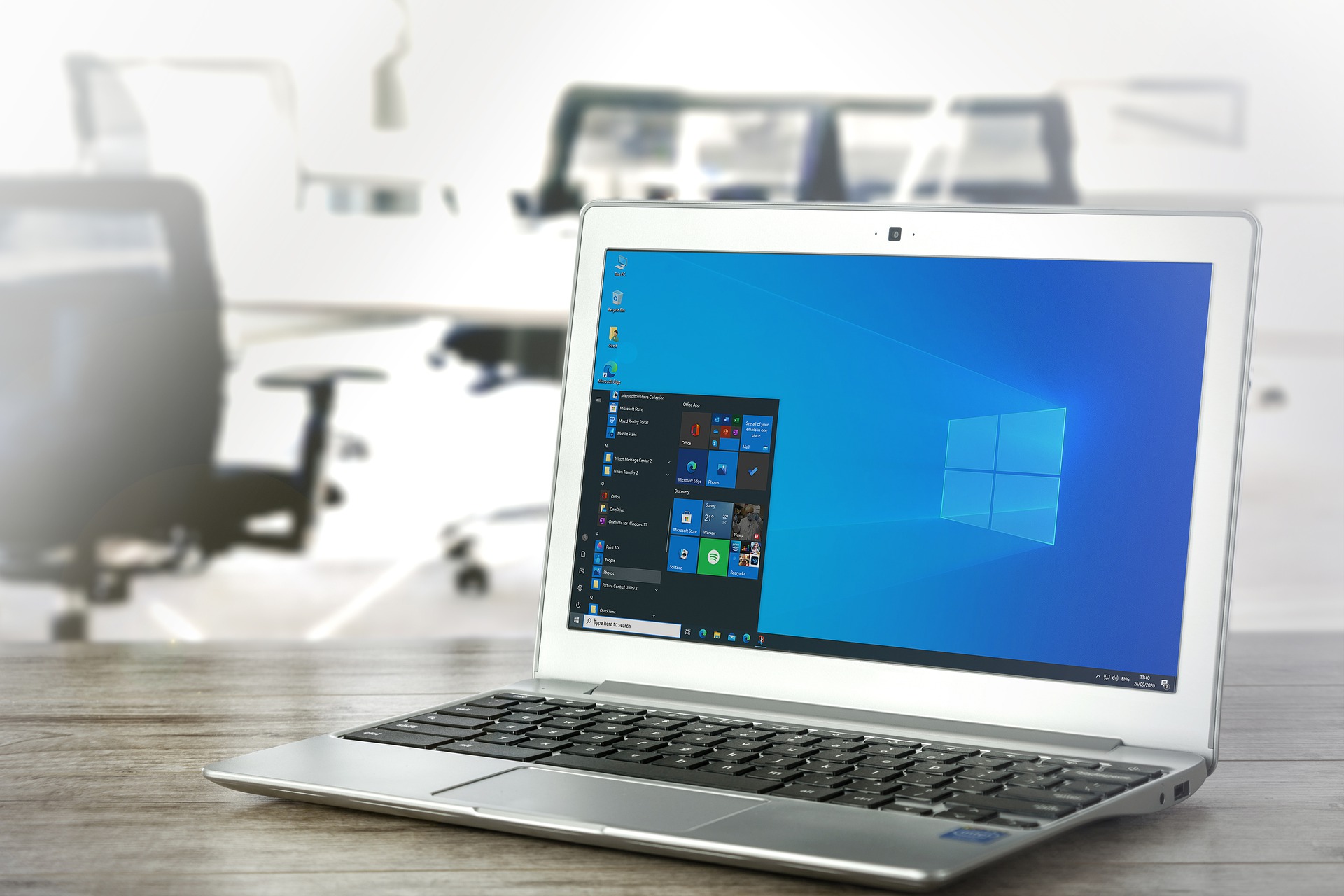
Operating system (OS) is one of the center software programs that causes sudden spikes in demand for the equipment and makes it usable for the client to associate with the equipment so they can send orders (input) and get results (yield). It gives a reliable climate to other software to execute orders. So we can say that the OS acts at the middle through which the framework equipment, different software projects, and the client impart. The accompanying figure shows the fundamental working of the operating system and how it uses different equipment or assets.
Operating systems serve many capacities yet I will examine the significant capacities which all operating systems have.
Essential Functions of the Operating framework
The critical five essential elements of any operating system are as following
1. Interface between the client and the equipment
An OS gives a point of interaction among client and machine. This connection point can be a graphical UI (GUI) in which clients click on screen components to associate with the OS or an order line interface (CLI) in which clients type orders at the order line interface (CLI) to advise the OS to get things done.
2. Coordinate equipment parts
An OS empowers coordination of equipment parts. Every equipment gadget communicates in an alternate language, however the operating system can converse with them through the particular translational software projects called gadget drivers. Each equipment part has various drivers for Operating frameworks. These drivers make the correspondence effective between different software projects and the equipment.
3. Give climate to software to work
An OS gives a climate to software applications to work. An application software is a particular software which is utilized to perform explicit undertakings. In GUI operating systems, for example, Windows and macOS, applications run inside a reliable, graphical work area climate.
4. Give construction to information the board
An OS shows structure/registries for information about the board. We can see document and organizer postings and control on those records and envelopes like (move, duplicate, rename, erase, and numerous others).
5. Screen framework wellbeing and usefulness
Operating system screens the wellbeing of our framework’s equipment, providing us with a thought of how well (or not) it’s performing. We can perceive how bustling our CPU is, or the way that rapidly our hard drives recover information, or how much information our organization card is sending and so forth and it additionally screens framework movement for malware.
Operating system Characteristics
The Operating frameworks are different as indicated by the three essential attributes which are licensing, software similarity, and complexity.
Licensing
There are essentially three sorts of Operating frameworks. One is Open Source OS, another is Free OS and the third is
Business OS
Linux is an open source operating system which implies that anybody can download and alter it for instance Ubuntu and so on
A free OS doesn’t need to be open source. They are allowed to download and utilize yet can’t change them. For instance, Google possesses Chrome OS and makes it allowed to utilize.
Business operating systems are exclusive to organizations that charge cash for them. Models incorporate Microsoft Windows and Apple macOS. These expect to pay for the right (or permit) to utilize their Operating frameworks.
Software Compatibility
The engineers make the software projects which might be viable or incongruent in various renditions inside similar operating system’s sort however they can’t be viable with the other OS types. Each OS type has their own product similarity.
Complexity
Operating systems come in essentially two versions one is 32-bit and other is 64-cycle releases. The 64-digit version of an operating system best uses irregular access memory (RAM). A PC with a 64-cycle CPU can run either a 32-bit or a 64-bit OS, yet a PC with a 32-bit CPU can run just a 32-digit OS.